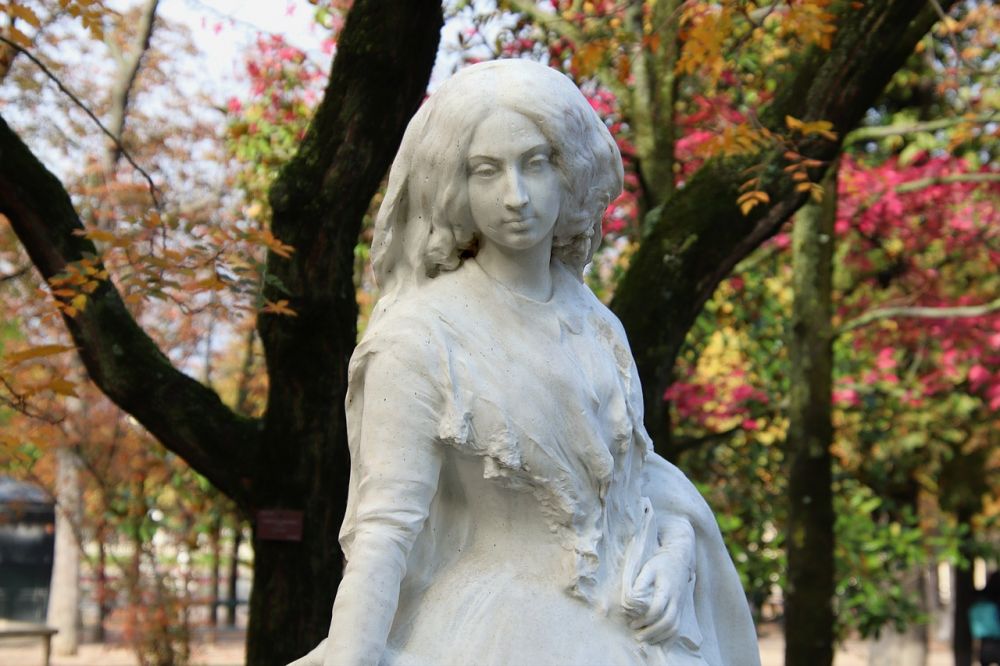Charles Dickens: A Literary Genius and Social Reformer

Introduction:
Charles Dickens, a name that resonates with literary greatness, is one of the most celebrated authors of the Victorian era. Born on February 7, 1812, in Portsmouth, England, Dickens captured the hearts and minds of readers worldwide with his powerful storytelling and timeless characters. With his works addressing social issues, Dickens not only entertained but also actively inspired societal reform. In this article, we delve into the life, works, and impact of Charles Dickens, providing a comprehensive overview for those intrigued by this remarkable literary figure.
1. The Life and Legacy of Charles Dickens:

1.1 Early Life and Struggles:
– Charles Dickens was the second of eight children, born to John and Elizabeth Dickens in humble beginnings.
– His father’s inability to manage finances led Dickens’ family into significant debt.
– Reflecting his own hardships, Dickens often portrayed themes of poverty and injustice in his novels.
1.2 Literary Beginnings:
– Dickens’ passion for storytelling emerged in his childhood. He had a flair for performing in amateur theatrical productions.
– In his teens, Dickens embarked on a career as a court stenographer, honing his observation and narrative skills.
– His early works, like “Sketches by Boz,” laid the groundwork for his later success.
1.3 Notable Works:
–
– Dickens’ exceptional literary repertoire includes classics like “Oliver Twist,” “A Tale of Two Cities,” “Great Expectations,” and “David Copperfield.”
– Through vivid characterization and intricate plotlines, Dickens humanely depicted the struggles of the marginalized in society.
1.4 Dickens as a Social Reformer:
– Dickens was an ardent advocate for social change, using his narratives as a means to highlight the injustices plaguing Victorian England.
– His expose of the workhouse in “Oliver Twist” shed light on child exploitation and was instrumental in reforming child labor laws.
– By weaving social issues into his novels, Dickens compelled his readers to confront the realities of his time and inspired action.
2. The Evolution of Charles Dickens’ Writing:
2.1 Early Success and Critical Acclaim:
– Dickens’ first novel, “The Pickwick Papers,” published in 1836, garnered immense popularity, establishing him as a prominent author.
– The serialized format of many of his novels allowed for wider accessibility and ensured a dedicated readership.
2.2 Serial Publication:
– Dickens, a master of serialized novels, released his works in serialized installments, captivating readers with cliffhangers and suspense.
– Through this method, he built strong reader engagement, as audiences eagerly anticipated each installment.
2.3 Narrative Technique and Style:
– Dickens’ writing style combined elements of humor, pathos, and satire, making his works both entertaining and thought-provoking.
– His ability to create vivid and memorable characters, such as the sinister Fagin and the resilient Pip, contributed to his enduring legacy.
2.4 Late Works and Final Years:
– As Dickens matured as a writer, his later works, such as “Bleak House” and “Great Expectations,” demonstrated a deeper social and psychological understanding.
– Tragically, Dickens passed away on June 9, 1870, leaving behind an exceptional body of literature that continues to captivate readers to this day.
Conclusion:
Charles Dickens’ impact on the literary world and his contributions to social reform make him an icon of both the Victorian era and world literature. His compelling narratives, filled with unforgettable characters and social commentary, continue to resonate with readers of all generations. Through his works, Dickens enabled a deeper understanding of societal issues, sparking conversations and inspiring change. As we celebrate his legacy, let us remember the enduring power of his words and the enduring relevance of his message.
FAQ
How did Charles Dickens contribute to social reform?
What are some of Charles Dickens most famous works?
What was Charles Dickens writing style known for?
Flere Nyheder
Fotobog: Forevig dine bedste minder
Introduction: Charles Dickens, a name that resonates with literary greatness, is one of the most celebrated authors of the Victorian era. Born on February 7, 1812, in Portsmouth, England, Dickens captured the hearts and minds of readers worldwide wit...
31 juli 2025
Den ultimative guide til at vælge en erhvervsfotograf I Fredericia
Introduction: Charles Dickens, a name that resonates with literary greatness, is one of the most celebrated authors of the Victorian era. Born on February 7, 1812, in Portsmouth, England, Dickens captured the hearts and minds of readers worldwide wit...
04 juli 2025
Erhvervsfotografering i Aalborg: Skab en visuel identitet
Introduction: Charles Dickens, a name that resonates with literary greatness, is one of the most celebrated authors of the Victorian era. Born on February 7, 1812, in Portsmouth, England, Dickens captured the hearts and minds of readers worldwide wit...
03 marts 2025
Galleri Nordjylland: Et vindue til regionens kunst og kultur
Introduction: Charles Dickens, a name that resonates with literary greatness, is one of the most celebrated authors of the Victorian era. Born on February 7, 1812, in Portsmouth, England, Dickens captured the hearts and minds of readers worldwide wit...
05 juli 2024











